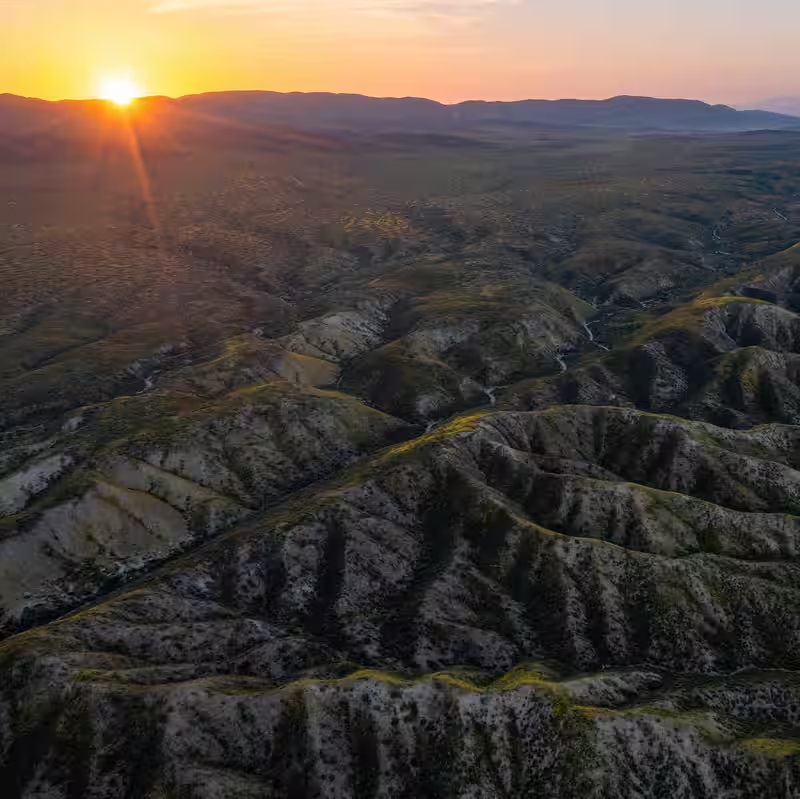Cascadia Earthquake Could Trigger San Andreas Fault: A Dual Threat to the West Coast
A major earthquake along the Cascadia Subduction Zone—a fault line stretching from northern California to British Columbia—could do more than just devastate the Pacific Northwest. New research warns it might also trigger dangerous shaking along California’s San Andreas Fault, potentially compounding one of the worst natural disasters in U.S. history .
Understanding the Cascadia Earthquake Threat
The Cascadia Subduction Zone hasn’t ruptured in over 300 years. But when it does, scientists predict a “really big” megathrust earthquake—likely magnitude 8.7 to 9.2—that could level cities like Portland, Seattle, and Vancouver, trigger massive tsunamis, and cut off critical infrastructure for weeks or months .
Now, a groundbreaking study published in Geophysical Research Letters suggests the seismic waves from such an event could travel hundreds of miles south and induce stress changes on the San Andreas Fault, potentially sparking secondary ruptures in already vulnerable parts of California .
How One Quake Could Ignite Another
While the Cascadia and San Andreas faults are separate systems, they’re not isolated. Seismologists have long debated whether a rupture in one could influence the other. This latest modeling shows that dynamic stress transfer—the ripple effect of seismic energy—could destabilize locked segments of the San Andreas, especially near the Salton Sea and the Coachella Valley, areas already overdue for a major quake .
Timeline of Cascadia Risk & Potential Cascading Effects
| Event | Estimated Impact |
|---|---|
| Cascadia megathrust quake (M8.7–9.2) | Widespread destruction in Pacific Northwest; tsunami within 15–30 mins |
| Seismic waves reach Southern California (~2–4 mins later) | Increased stress on southern San Andreas segments |
| Potential San Andreas rupture (M7.0+) | Major damage in Los Angeles, San Bernardino, and Imperial County |
What This Means for Emergency Preparedness
“We can no longer plan for these faults in isolation,” said Dr. Lena Cho, a seismologist at Caltech and co-author of the study. “A Cascadia event could be the spark that lights the fuse on the San Andreas—especially in regions where tectonic strain has been building for over a century.”
Emergency planners in both Oregon and California are now reevaluating response protocols to account for simultaneous or sequential disasters. This includes stockpiling supplies, hardening communication networks, and coordinating cross-state mutual aid agreements .
Are You Ready? Key Steps for West Coast Residents
- Build an emergency kit with 2 weeks of water, food, and medication.
- Secure heavy furniture and install automatic gas shut-off valves.
- Know your evacuation zone—especially if you live near the coast (tsunami risk).
- Sign up for alerts via ShakeAlert and local emergency systems.
Why This Cascadia Earthquake Warning Matters Now
The Pacific Northwest is entering a period of heightened seismic risk. Geological evidence shows Cascadia ruptures every 200–600 years—and the last one was in 1700. With modern society far more dependent on interconnected infrastructure, the ripple effects of a dual-fault disaster could be catastrophic .
“It’s not if, but when,” said U.S. Geological Survey geophysicist Dr. Marcus Rivera. “And if Cascadia goes first, California may not get the luxury of time to prepare.”




